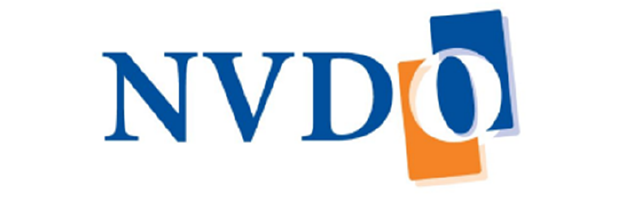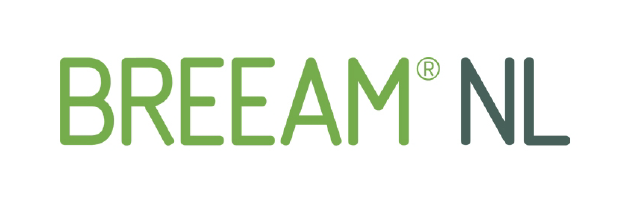Those who think of commissioning may quickly associate it with buildings, but it also happens offshore, for example with wind turbines. Working outdoors while the wind blows through your hair sounds like a dream – at least as long as it doesn’t rain. But commissioning wind turbines is no easy task. The turbines must meet specific requirements and many different parties are involved. Marco Bakker, owner of D-TACS, shares his experiences and challenges.
The right way
Marco says, “Recently I was involved in the commissioning of a wind turbine in Calais. The company in question had paid little attention to the correct approach to commissioning in the past. Wind turbines had been installed and commissioned, but they were always tested by the engineers already working there. As a result, they could never really demonstrate that the wind turbines met all the conditions. They never went through all the steps that were required, although the documentation was there.’
Step-by-step approach
At one point, the client asked for proof, but all the documents were in French and difficult to understand. At that point Marco was called in by the client to sort everything out and do the commissioning. ‘I translated some of it, but also went through the documents themselves with common sense. I also structured the administration and went through the process step by step, from order to delivery, checking that the end result met the client’s requirements.’
Sun, sea, salt and sand
‘The challenge of this wind turbine was that it was by the sea and exposed to sun, sea, salt and sand. This affects such a turbine and the mast must be protected with a special coating. During commissioning, I discovered that although the mast was coated, it did not meet the client’s requirements. It was the wrong coating. That meant the supplier had to re-sandblast the entire mast and provide it with the proper coating.
Going all out
“Besides the functionality of the wind turbine, I also paid attention to its appearance,” Marco continues his story. ‘Initially, the client wanted a round cap with a round shape so that the wind turbine would match other turbines in the area. But I found out later that that standard had been deviated from because of cost. But the client still expected that round cap. So I made every effort to find and install the right cap. That was difficult, because the mold of this cap was hard to find, but in the end it worked.
Extra sharp
It was not an easy project, but upon completion, when the turbine was finally running, the client was more than satisfied. ‘That was very satisfying to see. I learned a lot from this project myself, and I’m taking all those lessons with me to subsequent projects. For example, I am currently working on a project for wind turbines in Ostend, also by the sea. Because of my previous experience, I was extra alert to the coating. Fortunately that was in order, but the project in Ostend had other challenges, especially with the flanges.’
Added value of commissioning
‘To attach the flanges to the mast, welding is required. Heat can cause the flanges to warp and tilt inward. Recently, we discovered that this was the case when we wanted to install the flanges. Apparently, this had not been checked at the manufacturer in Italy, or not sufficiently checked, probably because of time constraints. We were able to resolve this quickly by engaging a company that could flatten the flanges so they could be properly attached to the mast. That’s the added value of commissioning: if we hadn’t tested this, it probably wouldn’t have been discovered or discovered later and accidents could have happened.
Awareness
‘We have also taken steps to prevent this from happening in the future. This time things went wrong due to time constraints from the flange manufacturer and lack of documentation on their part. We have now stipulated that before transportation, they must demonstrate that the part is in working order, such as through reporting and photographs. This awareness, that it is important to prevent mistakes, we also transfer.
Safety over speed
Marco concludes, “Every wind turbine has to meet specific (safety) requirements. If mistakes creep in, it is important to make a pass. Speed is nice, meeting schedules is nice, but safety comes first. You can’t assume that everything will go well, that it’s routine. When something becomes routine, mistakes creep in. You have to force yourself to check everything, even with suppliers you may have worked with for years. You can’t assume that they are doing error-free work because they are experienced. You always have to keep checking, so you can decide in time to continue or redo something. That may cause delays for the client, but it’s better to be honest with the client than to be surprised by defects.’







